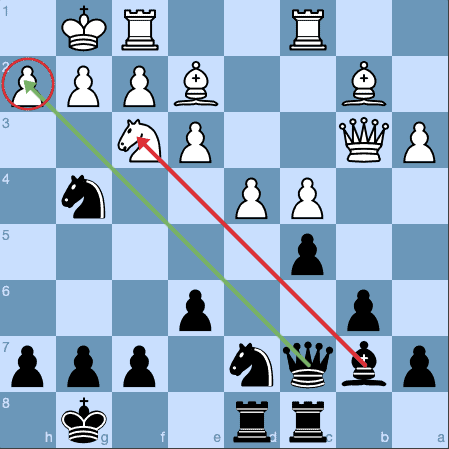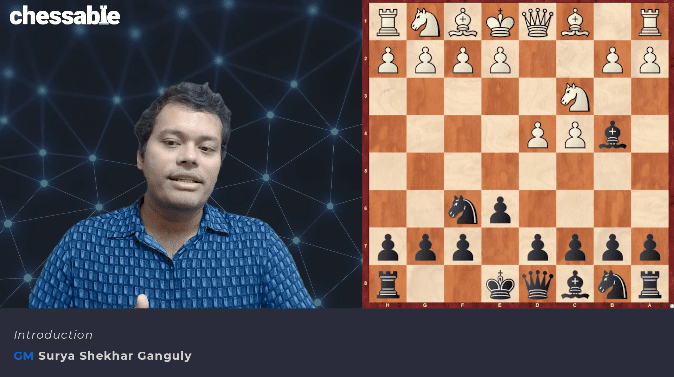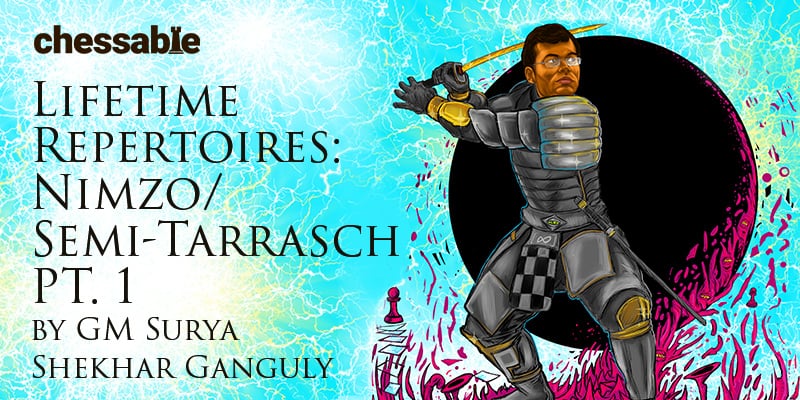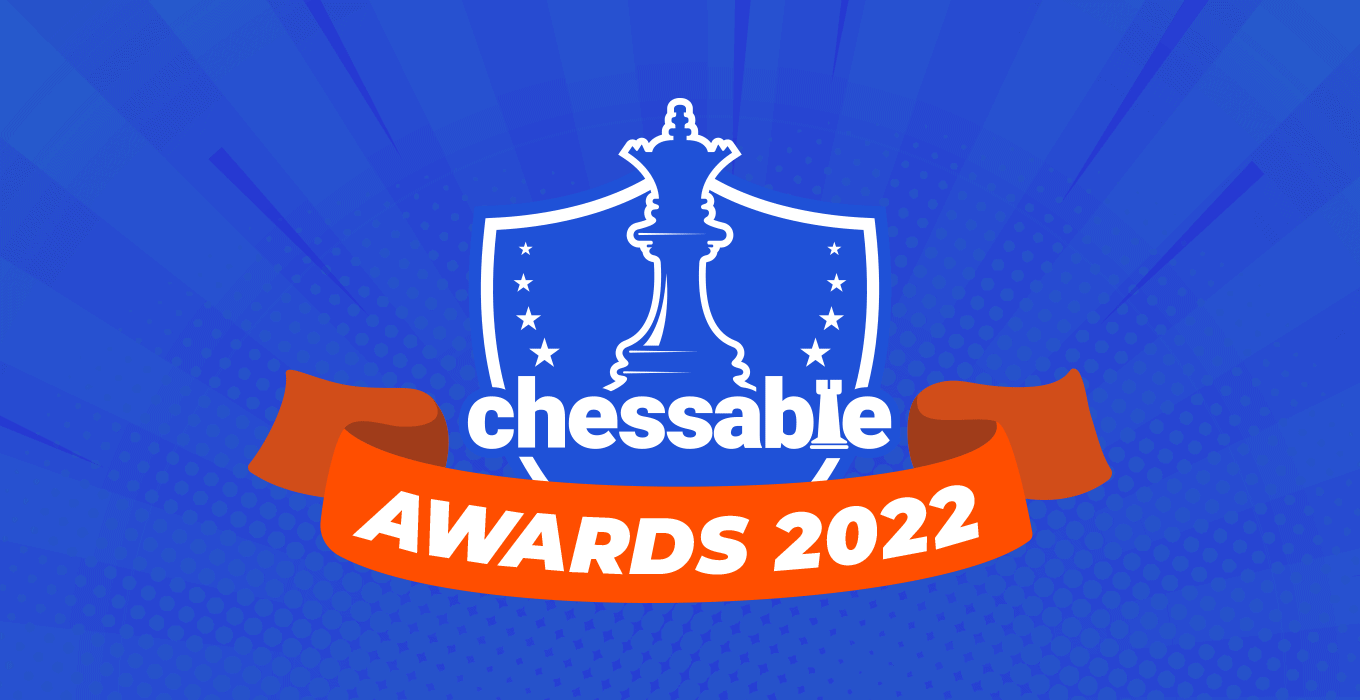This week sees the release of Grandmaster Surya Shekhar Ganguly’s Lifetime Repertoires: Nimzo/Semi-Tarrasch- Part 1 Chessable course.
Part 1 covers the Nimzo-Indian Defense and most of the 1.d4 deviations, such as the London System and the Trompowsky Attack. The second part of the course will examine the Semi-Tarrasch Defense and wrap up the remainder of the 1.d4 systems, including the Colle System (1.d4, 2.Nf3, 3.e3).
Grandmaster Ganguly’s credentials for presenting a serious opening repertoire are impeccable.
‘I have been working with Viswanathan Anand since 2007.’
Impressive in itself, this snippet is augmented considerably by the following:
‘I was his second for all the world championship matches that he won (against Kramnik, Topalov, and Gelfand) . I was also part of the Magnus match training team, but I was not present during the match. Having worked for these world championship matches as close as possible, I know how to prepare openings at the highest level and, most importantly, how to find novelties and how to create your own theory. So I thought if I write a course on opening it should draw some attention. Why did I do this? Just like many other players, during the lockdown, I also started various ventures.’
Nobody can work for a World Champion for all of those years without being trustworthy, reliable and erudite.
The Nimzo-Indian Defense
The Nimzo-Indian Defense starts with the moves:
1.d4 Nf6
2.c4 e6
3.Nc3 Bb4
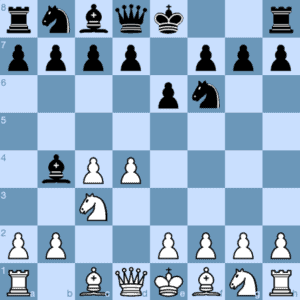
Black pins the knight, making it impossible for White to immediately build a broad pawn centre with 4.e4, because of the reply 4…Nxe4. Black’s control of the e4-square is a recurring theme in the Nimzo-Indian Defense and there are many lines in which a queenside fianchetto with a subsequent …b6 and …Bb7 will follow.
There is also lead in development for Black at this moment in time and the second player is ready to castle as early as the fourth move.
The Nimzo-Indian is one of the most popular and reliable defences against 1.d4 2.c4 and one which has certainly stood the test of time. It is what we should all be playing, instead of messing around with theoretically dubious gambits.
What Does the Course Offer?
This may not be the first course on the Nimzo-Indian Defense you will see. What does this one offer, which cannot be found elsewhere?
First of all, we note the addition of historical perspective.
‘I am generally in love with the historical aspect of any lines and love to research those. For instance, it always fascinated me that as per Mega Database, the first game on Nimzo-Indian Defense was played in my own city Kolkata (back then known as Calcutta) in 1851 by John Cochrane vs. Mohishunder Bonnerjee.’
There is also the ethos of the exchange of information, essential for all good teachers:
‘In every line, you will see such historical information. Why in the Nimzo-Indian Opening, a particular variation is called the Karpov system when Portisch started this? You will also see some unanswered questions like this, which I will be more than happy to have a chat with you guys if you can enlighten me there.’
It is always useful to check the depth of research when choosing an instructional chess product. Numerous modern chess books have a bibliography which is extraordinarily sparse, because the authors are not utilising decades of accumulated wisdom and are instead what are, for want of a better phrase, ‘database dumps.’ That is certainly not the case here, as the material has been taken from a very wide range of sources:
‘You will see that I have taken references from Old Classics, Modern Games, TCEC computer games, Correspondence games, Online blitz games, including Titled Tuesdays and Banter Blitz. Everything related to our repertoire is taken into consideration.’
This is the influence of world title preparation in action. For a team to miss a game of importance would be not exactly be a crime, but certainly a misdemeanour
New for the Practical Player
All of the above are impressive qualities, but what is on offer for the practical player, who has already studied many works on the Nimzo-Indian?
Here are three intriguing snippets:
‘Bunch of top-class unused preparation. Many are from world championship matches and are still unplayed and strong.
Brilliant positional queen sacrifice in one of the quietest lines in Nimzo 4.Qc2.
Novelties that had to wait for 10 years to be played.’
That all sounds very appealing and would do even when aligned to an opening which one was not formerly interested in playing. We all love to be in on secrets. There was a time when the word was seemingly mandatory in chess book titles and I certainly took the bait on numerous occasions, often meeting a familiar sense of disappointment along the way. However, it is rare indeed for genuine secrets for the summit of the chess world to filter their way down to the rest of us and Grandmaster Ganguly is not making exaggerated claims.
The Repertoire in Action
We can have all of the history, explanation of nomenclature and secrets we want, but the question remains: how good is the repertoire? As a lifetime repertoire, it obviously has to stand up to repeated airings and the extreme scrutiny of our engine-armed opponents. Rather than give away the specifics of the lines advocated by Grandmaster Ganguly, it should be a sufficient taster to see the particular part of the repertoire in action.
What do we make of this position?
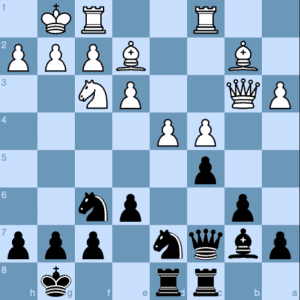
Magnus Carlsen – Viswanathan Anand
Rapid World Championship, Riyadh 2017
Black to play
White has more pawns in the centre and the long-term advantage of the bishop pair. Yet Black is in the ascendancy after 15…Ng4! when Anand’s game suddenly springs to life with dangerous threats against the white king.
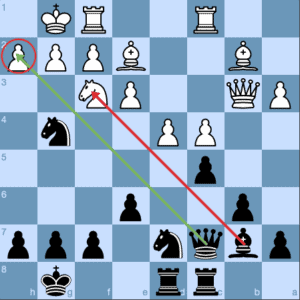
‘A very nice move. Anand forced Magnus to weaken his kingside by threatening mate on h2. Once g3 is played, the b7 bishop becomes very dangerous. Black had enough dynamic play while White continued to struggle to open up the position for his bishops. The position is balanced, and after some inaccuracies by Magnus, Anand eventually won a fantastic game, which helped him immensely to eventually become the World Rapid Champion in 2017.’
According to Grandmaster Ganguly, this was ‘A crucial game in Anand’s career. Winning against Magnus in such a convincing way gave him tremendous confidence, and he went on to produce some more great games and became world rapid champion at the age of 48! No words of praise would be enough to describe this legendary player.’
If Anand trusts the repertoire – against Carlsen, to boot – then it will definitely hold up at club and tournament level.
Chessable Course
Click on the image to find out more about Grandmaster Surya Shekhar Ganguly’s Lifetime Repertoires: Nimzo/Semi-Tarrasch- Part 1.


